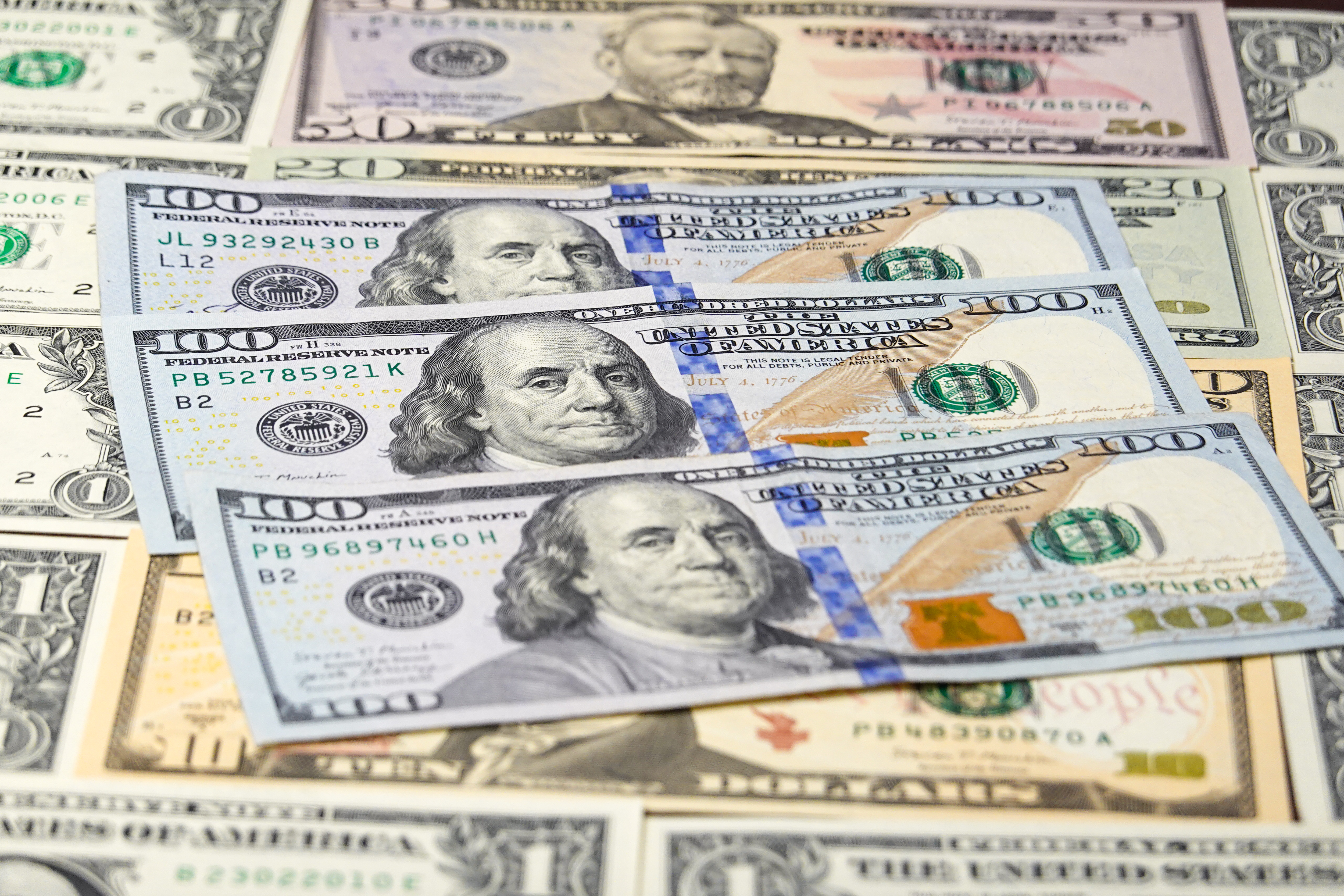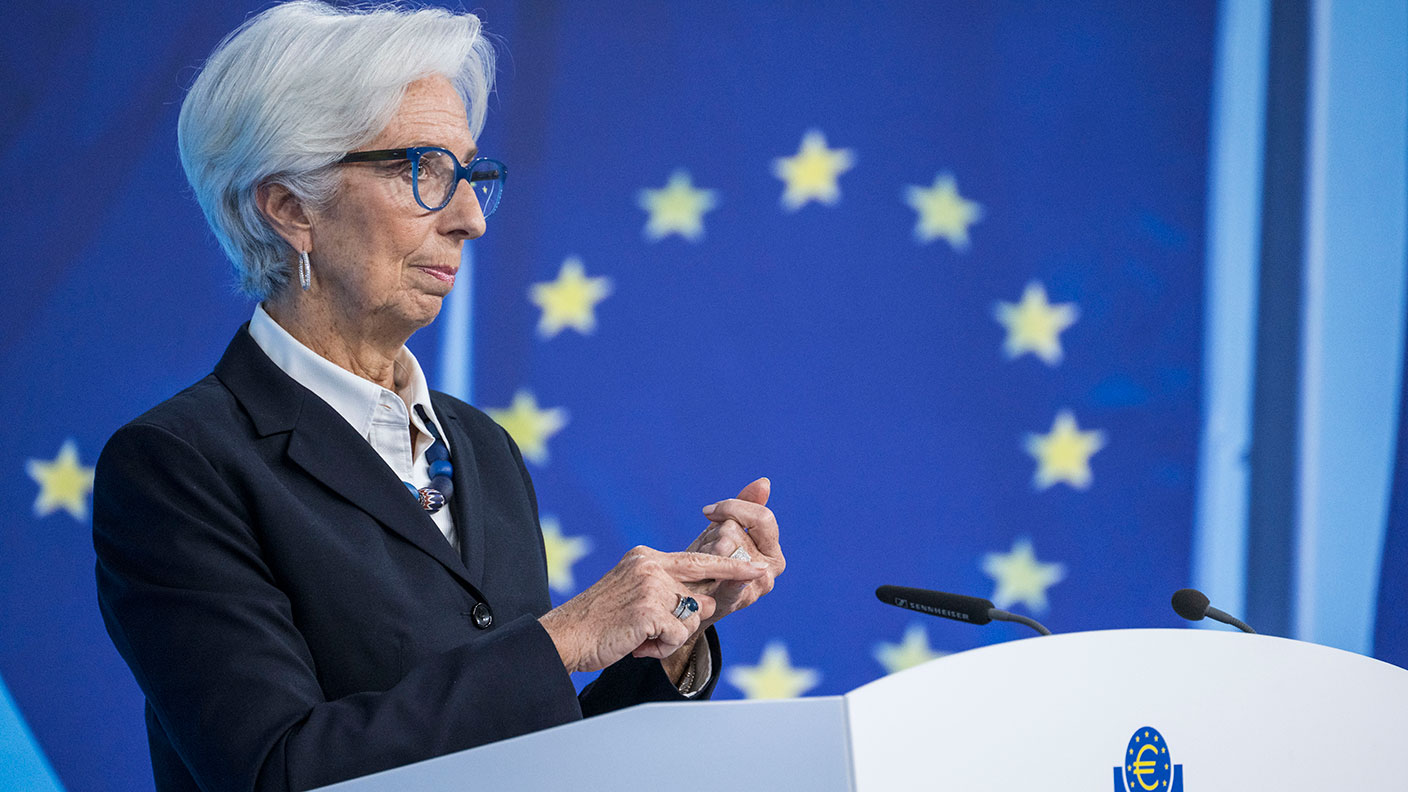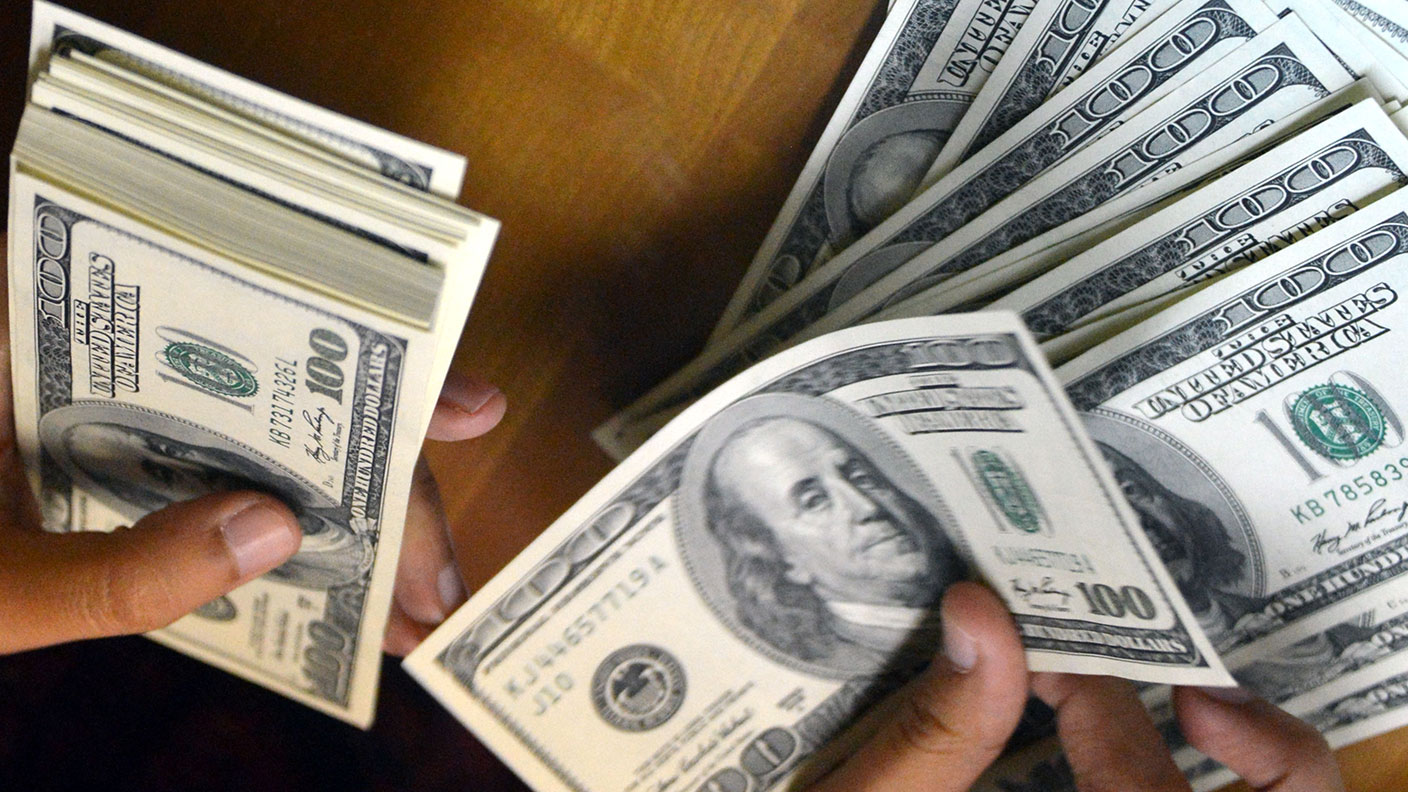The pound hit my 1.45 target – and then some
John C Burford said the pound would get interesting. But as it turned out, even that was an understatement.
On Wednesday, I covered how I am playing the GBP/USD trades and set myself an initial target at the 1.45 area. I wrote: "That brings up the possibility that the current bounce could extend much further than my initial 1.45 target."
I also left you with this cryptic line: "This could get interesting!"
In fact, interesting was hardly the word when, on Wednesday, the market roared up by around two cents on the day as dollar selling became brutal and gave a major shock to the army of dollar bulls.
MoneyWeek
Subscribe to MoneyWeek today and get your first six magazine issues absolutely FREE

Sign up to Money Morning
Don't miss the latest investment and personal finances news, market analysis, plus money-saving tips with our free twice-daily newsletter
Don't miss the latest investment and personal finances news, market analysis, plus money-saving tips with our free twice-daily newsletter
None of my readers should have been surprised by this. I have emphasised how over-loved the US dollar has become. Just about everyone has become convinced the dollar will continue to grow in strength as the currency wars heat up.
Central banks are falling over themselves, not only to keep interest rates super-low but to introduce negative rates (NIRP) to deter cash-hoarding by commercial banks. They believe negative rates will spur commercial lending, and hence lift consumer prices out of the "danger zone" of deflation.
The Bank of England yesterday is only the latest central bank to talk rates down for longer. Also, the list of central banks with NIRP is growing. And the US Federal Reserve's maverick move in December, where they actually raised the Fed Funds target rate by 0.5%, sticks out like a sore thumb.
By conventional yardsticks, this divergence between the Bank of England and the Fed should result in a weaker GBP and a stronger USD. So why did I forecast just the opposite?
The answer in three words: the wave pattern. And the fact that the dollar has become dangerously over-loved in recent weeks. You can hardly find a pundit (except for the perennial "dollar doomsters") who is bearish the dollar.
And that scenario is meat and drink for contrarian traders, such as myself.
When we start trading, we are told that the trend is your friend. And that is true provided you can hop on board at an early stage and then stay on board for the duration.
And where do the great trends start that can offer you these major wins? Of course, near the reversal of the previous trend. The earlier you can identify a major trend change, the bigger your profits. It's that simple.
With this week's strong rally, where do I now expect the rally to at least pause? My top candidates for an upside target is either the Fibonacci 50% or 62% retraces of the previous big wave. That is my default position in all cases.
Here is the current hourly chart:

And right on cue, the rally has stopped right at the Fibonacci 50% level around 1.4650. Because I had drawn in these Fibonacci levels well beforehand, I was able to set up my profit-taking trades at my leisure.
It was a beautiful sight watching the market rise up to meet my new target yesterday. My long trade taken at the 1.42 level resulted in a 450 pips profit. And with my initial loss of 40 pips on my second trade, I ended up with a net win of 410 pips.
Now, I have a potential top to wave C/wave 4 and I can contemplate a short trade to take advantage of the likely downtrend.
I was right it is certainly getting interesting!
Get the latest financial news, insights and expert analysis from our award-winning MoneyWeek team, to help you understand what really matters when it comes to your finances.
John is is a British-born lapsed PhD physicist, who previously worked for Nasa on the Mars exploration team. He is a former commodity trading advisor with the US Commodities Futures Trading Commission, and worked in a boutique futures house in California in the 1980s.
He was a partner in one of the first futures newsletter advisory services, based in Washington DC, specialising in pork bellies and currencies. John is primarily a chart-reading trader, having cut his trading teeth in the days before PCs.
As well as his work in the financial world, he has launched, run and sold several 'real' businesses producing 'real' products.
-
 ‘Why I have ditched my Help to Buy ISA for cash savings and the stock market’
‘Why I have ditched my Help to Buy ISA for cash savings and the stock market’Without the 25% bonus, my Help to Buy ISA is effectively redundant, says MoneyWeek writer Sam Walker.
-
 Is your inheritance tax allowance cut if you sell to downsize or sell your home to pay for care?
Is your inheritance tax allowance cut if you sell to downsize or sell your home to pay for care?Downsizing relief is a little-known benefit that could save your loved ones tens of thousands of pounds in inheritance tax after you’ve died.
-
 The challenge with currency hedging
The challenge with currency hedgingA weaker dollar will make currency hedges more appealing, but volatile rates may complicate the results
-
 It's time to back the yen, says Dominic Frisby
It's time to back the yen, says Dominic FrisbyThe Japanese yen has been weak for a long time, says Dominic Frisby. That may soon change.
-
 Why a strong dollar hurts – and what you can do about it
Why a strong dollar hurts – and what you can do about itAnalysis The US dollar is at its strongest level in 20 years. That’s bad news for most investment assets, says John Stepek – here’s why
-
 Could a stronger euro bring relief to global markets?
Could a stronger euro bring relief to global markets?Analysis The European Central Bank is set to end its negative interest rate policy. That should bring some relief to markets, says John Stepek. Here’s why.
-
 HubSpot: a tech stock set to tumble
HubSpot: a tech stock set to tumbleTips US tech stocks have had a fantastic couple of years. But this year is unlikely to be so bullish for high-fliers that can’t turn big profits.
-
 What does the future hold for central bank digital currencies?
What does the future hold for central bank digital currencies?Briefings Many of the world's central banks – including the Bank of England – have expressed an interest in creating their own digital currencies. Shivani Khandekar looks at the state of play in central bank digital currencies.
-
 Will the market crash again? Watch the US dollar for clues
Will the market crash again? Watch the US dollar for cluesOpinion One of the biggest driving factors behind the market’s recent big sell-off was the bounce in the US dollar. John Stepek explains why the price of the dollar matters so much, and why investors should keep a keen eye on it.
-
 The US dollar’s days as the world's most important currency are numbered – it’s official
The US dollar’s days as the world's most important currency are numbered – it’s officialFeatures Central bankers reckon the dollar's days as the world’s reserve currency are numbered. But what could replace it? John Stepek takes a look at Bank of England governor Mark Carney's cunning plan.